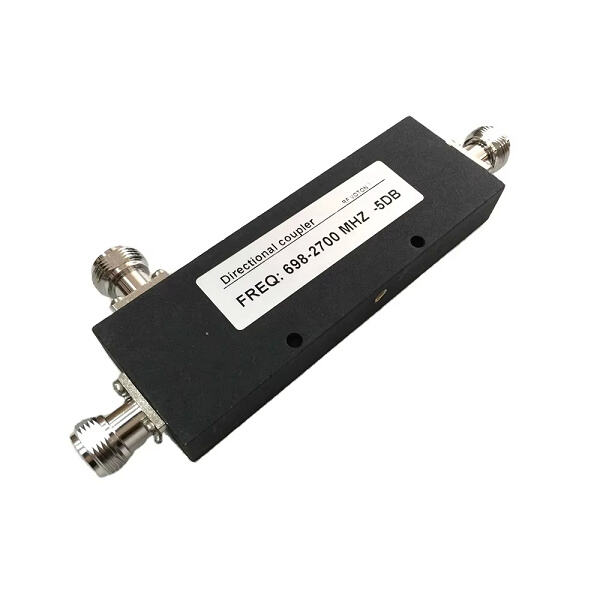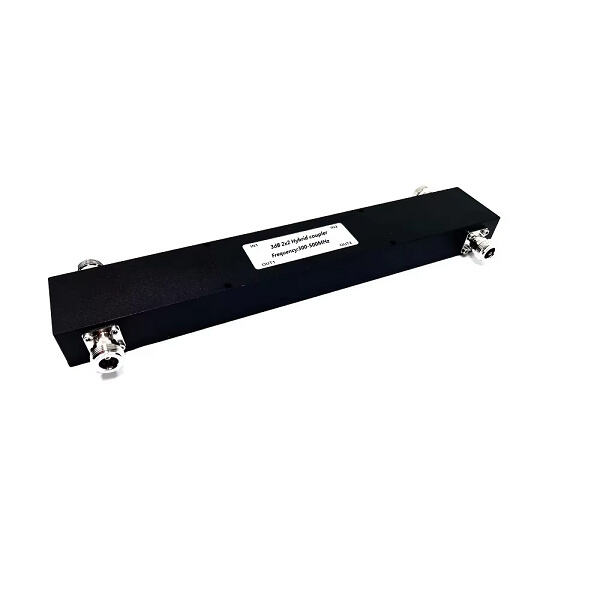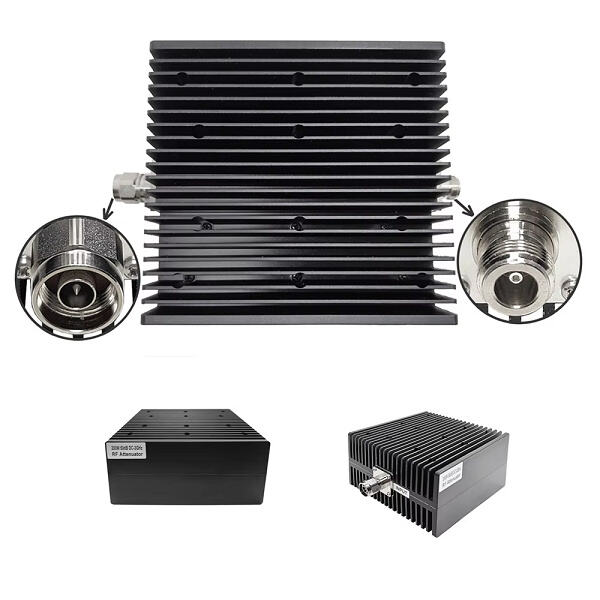RF power couplers are special devices applied in the amplifier systems. They may be used to split a power signal and direct it to different locations. These couplers can tolerate quite high power and ensure the signal is divided with none of it being lost. They can be discovered in radio systems to assist you to efficiently share the power.
Why RF Power Couplers Matter 5/4/2020 Voltage and current must be both condition and to a very accurate level, which requires a very stable and accurate RF Power Coupler.
RF POWER COUPLERS In amplifier systems, RF power couplers are crucial. They aid the transmission of power among various components. By diverting the input signal into multiple output signals, these couplers improve the system. Without RF power couplers, amplifiers might not be able to send enough power to other parts, so they would work poorly.

There are a number of types of RF power couplers, each one made for particular jobs and power levels. A few of the most common varieties include directional couplers, hybrid couplers, quadrature couplers etc. The power signal is split into different paths by means of one or more directional couplers. Hybrid couplers combine two signals in a special way. Quadrature couplers split the input signal into two equal halves, but they are a bit special in that they differ by a 90-degree phase.

When choosing an RF power coupler for your purposes, consider factors such as how much power it can handle, the range of frequencies at which it operates, how much signal loss occurs, and how accurate it is. The RFVOTON RF power couplers are built for various amplifier systems, and contribute high power capability and low loss transmission. Choosing the right coupler, he said, is important to make sure everything goes smoothly.

Advances in RF power coupler technology have led to better, reliable power couplers. RFVOTON then generates couplers which can accept more power, degrade less signal, and improve accuracy. These enhancements help amplifier systems perform at higher power levels and achieve better signal quality, which is good news for many kinds of radio communication.